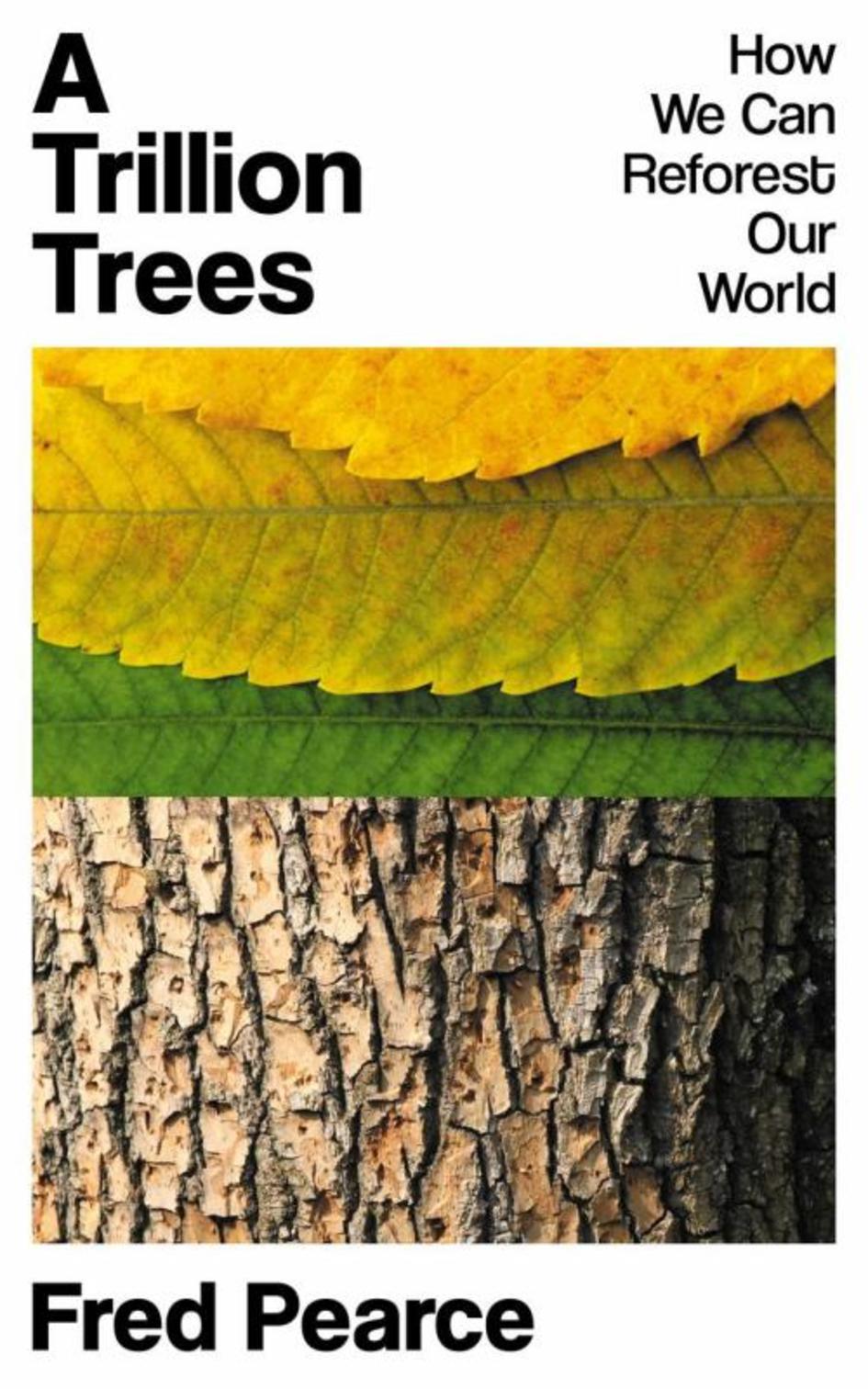The planet's three trillion trees release an estimated 60,000 cubic kilometres of water a year. Forming clouds as it blows downwind, this moisture is responsible for at least half of all the rain and snow that falls on land.
Despite humanity's herculean efforts to deforest the planet over the past century or so, there are still around three trillion trees. They contain as much carbon as mankind has deposited into the atmosphere since the start of the Industrial Revolution, or 120 tonnes for every human alive today.
[E]very hectare of intact forest had added more than twenty tonnes to its carbon store over the past half-century.
[M]ost of the world's governments signed up to the Bonn Challenge. It was an initiative of the German government and the International Union for the Conservation of Nature to revive the world's lost forests - to 'bring 150 million hectares of the world's deforested and degraded land ino restoration by 2020, and 350 million hectares by 2030'. That is an area a bit bigger than India. Besides planting more trees, the aim was to 'restre ecological integrity', 'improve human well-being' and soak up as much as 1/7 billion tonnes of carbon dioxide annually... When Simon Lewis of the University of Leeds examined the small print of Bonn pledges made up to mid-2019, he found that 45 per cent of the promised new forests were plantations, mostly of fast growing trees destined for harvesting in double-quick time to make pulp for paper.
[I]t is the long run that matters in fighting climate change. Through their life cycle of growth and cutting, plantations may on average hold little more carbon than the land cleared to plant them, said Lewis. Restoring natural forests over the promised 350 million hectares would remove forty-two billion tonnes of carbon from the air by 2100, but installing commerical monocultures would remove only one billion tonnes. A fortyfold difference.
Thomas Crowther... with collegue Jean-François bastin... grabbed the world's attention with detailed mapping analysis showing that the world had room for 1.2 trillion more trees on 900 million hectares of formerly forested land not currently in use for agriculture or human settlements. Those trees, the pair said, could soak up around 200 billion tonnes of carbon... It would be cheap too, at just 40 US cents per tonne of carbon.
Fred Pearce
